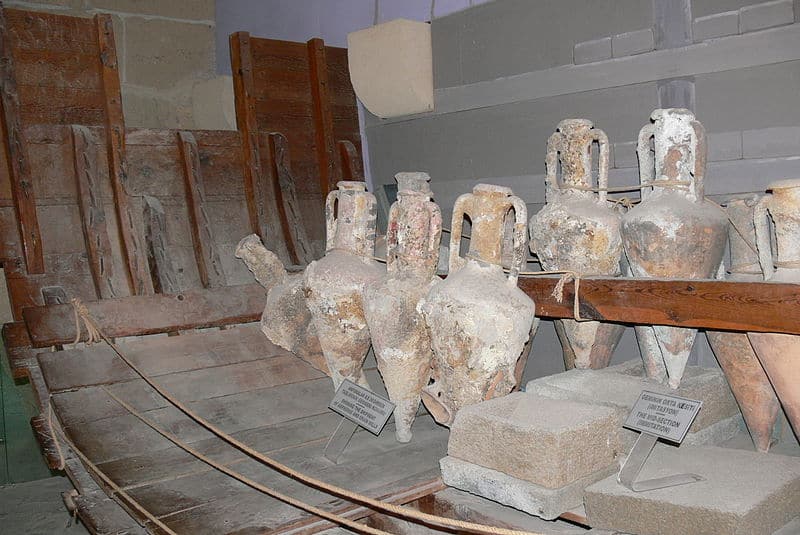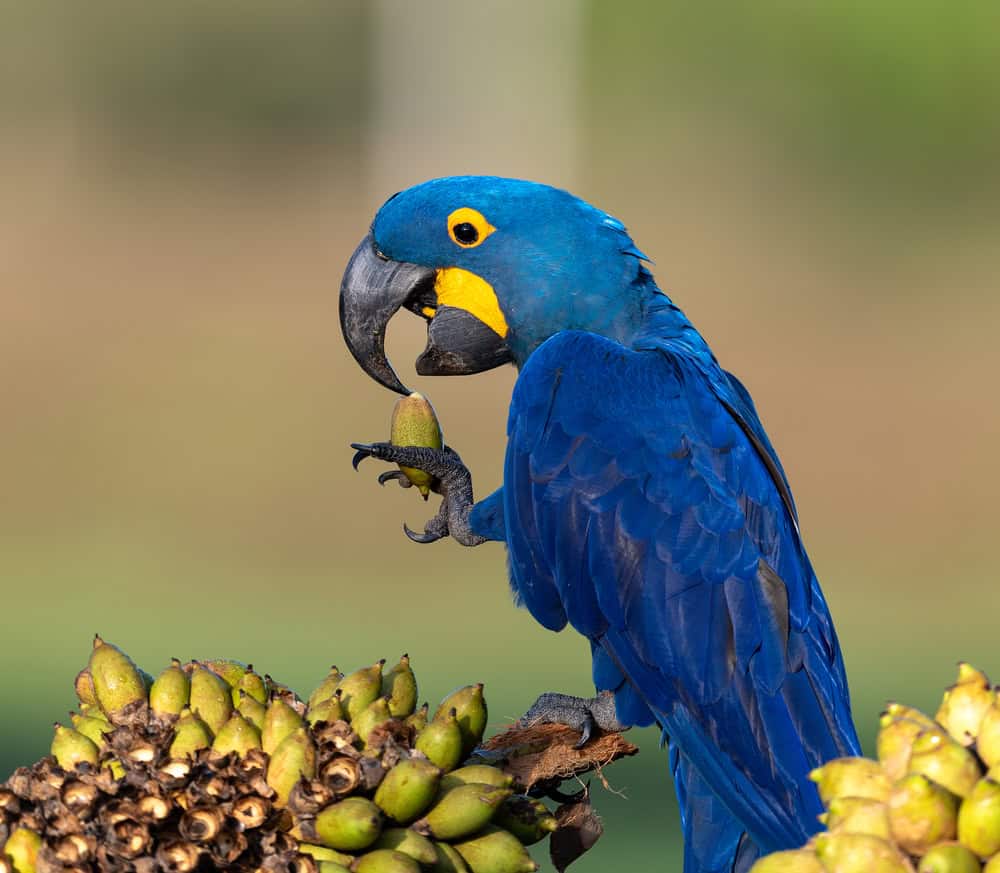Folktales and legends have been passed down through generations, weaving together the cultural fabric of communities around the world. While some stories are widely known, others remain hidden gems, offering unique insights into the beliefs, fears, and values of different cultures. In this collection, we’ll explore some of the rarely heard folktales and legends that, though lesser-known, carry with them the same timeless wisdom and mystery as their more famous counterparts. Each tale is a window into a world where the lines between reality and myth blur, leaving us with stories that continue to captivate and inspire.
The Legend of Noppera-bō (Japan)

In Japanese folklore, the Noppera-bō is a faceless ghost known for terrifying unsuspecting individuals. Appearing as a human with a smooth, featureless face, the Noppera-bō would often approach its victims at night, only revealing its true nature when it’s too late to escape. This eerie figure usually manifests in quiet, deserted places such as riversides or dark streets, adding to the unsettling atmosphere. The legend serves as a cautionary tale about the unknown dangers lurking in the shadows. Though lesser-known, the story of Noppera-bō continues to intrigue and frighten those who hear it.
The Tale of La Llorona (Mexico)
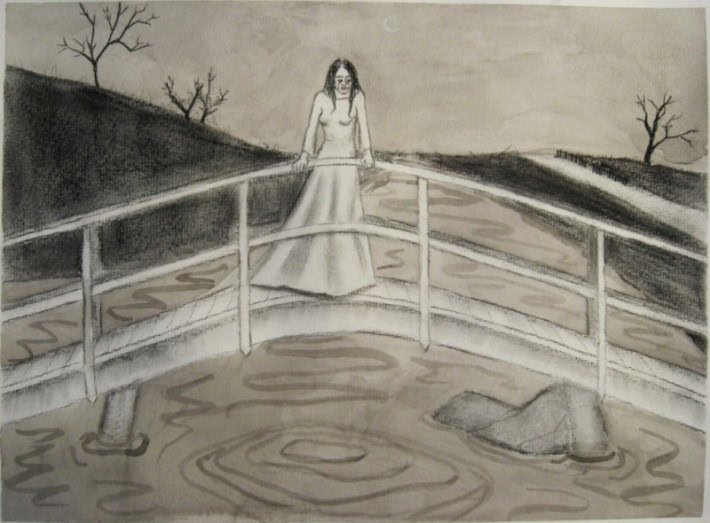
La Llorona, or “The Weeping Woman,” is a chilling legend from Mexican folklore. According to the tale, La Llorona is the spirit of a woman who drowned her children in a fit of rage and despair, only to spend eternity searching for them along riverbanks. Her mournful cries for her lost children are said to be heard near water, and those who hear her wails may be marked for a tragic fate. The story is often used to warn children against wandering alone at night, especially near bodies of water. While it’s widely known in Latin American countries, it remains a lesser-heard legend in other parts of the world.
The Story of Banshee (Ireland)
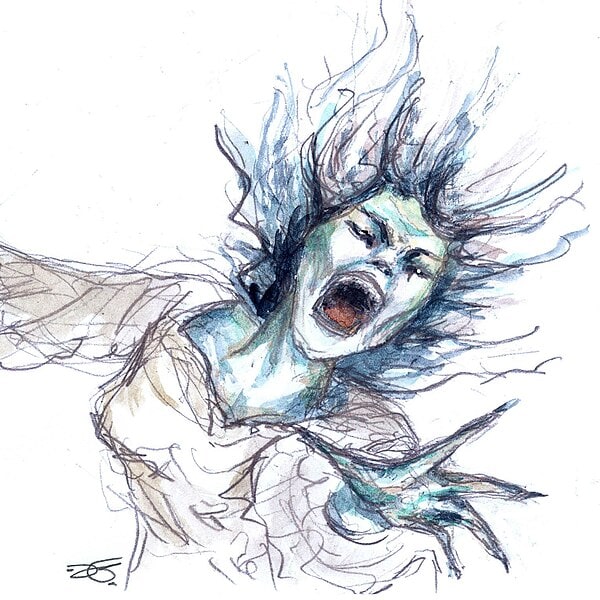
In Irish folklore, the Banshee is a ghostly woman whose wail foretells death. The Banshee is often depicted as a pale, cloaked figure with long flowing hair, her appearance heralding the imminent demise of a family member. According to legend, her mournful cry can be heard at night, especially near the home of the one doomed to die. Despite her fearsome reputation, the Banshee is not considered evil; rather, she is a harbinger of death who comes to mourn the departed. This tale, while familiar in Ireland, remains obscure elsewhere, adding an air of mystery to this ancient legend.
The Legend of Glooscap (Mi’kmaq, Canada)
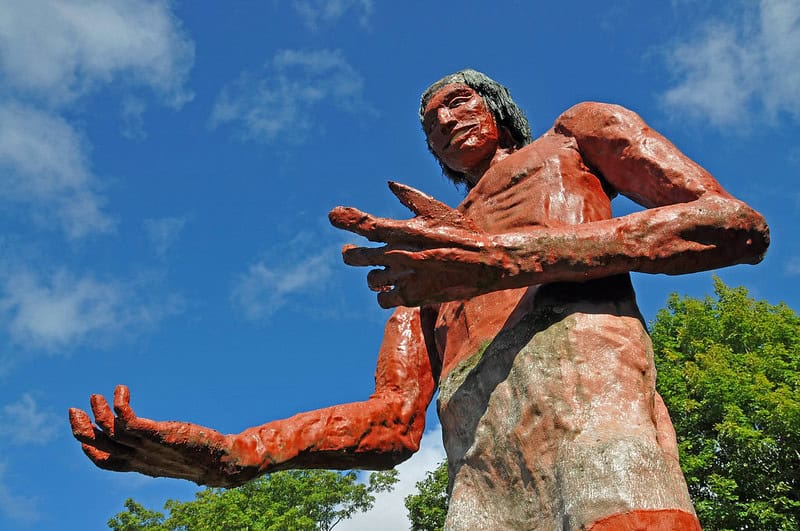
Glooscap is a cultural hero and demigod in the folklore of the Mi’kmaq people of Eastern Canada. He is said to have created the land, animals, and the first people, using his wisdom and power to shape the world. Glooscap is known for his many adventures, including his battles with evil spirits and giants, as well as his role in teaching the Mi’kmaq the ways of life. His story is not just a myth but also a moral guide, emphasizing the importance of respect for nature and community. While Glooscap’s tales are central to Mi’kmaq culture, they are rarely heard outside of these communities.
The Tale of The Wendigo (Algonquian, North America)
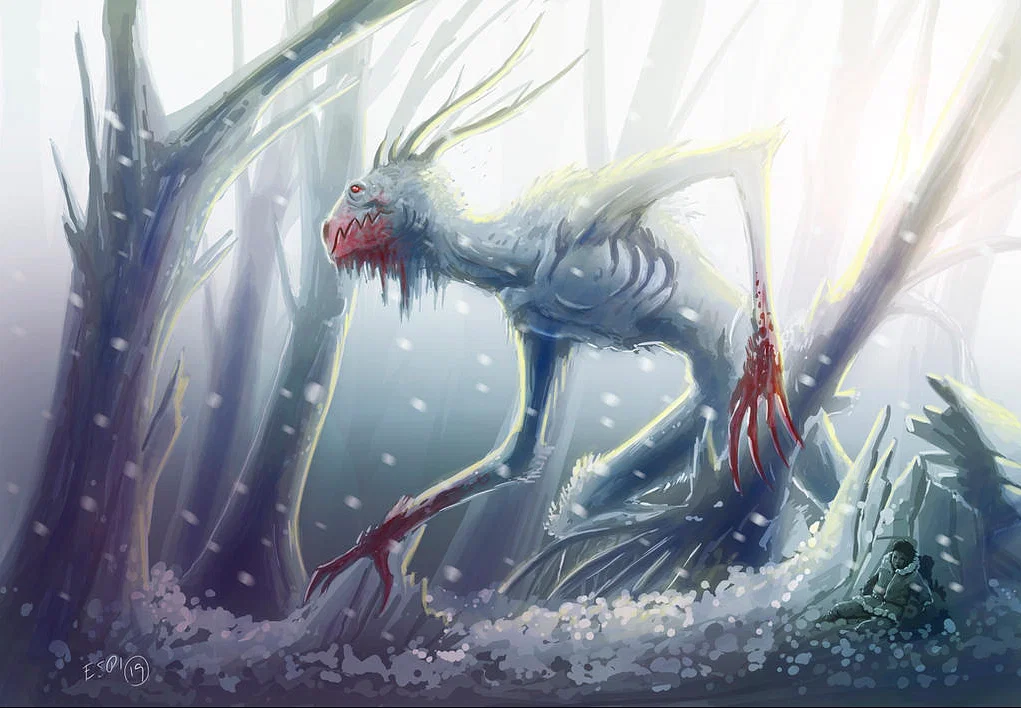
The Wendigo is a terrifying creature from the folklore of the Algonquian-speaking tribes in North America. Described as a malevolent spirit, the Wendigo is associated with insatiable greed, cannibalism, and winter’s harshness. According to the legend, a human who succumbs to greed or starvation might transform into a Wendigo, forever cursed to wander the frozen wilderness in search of human flesh. The Wendigo serves as a grim warning about the dangers of isolation and the loss of humanity in the face of extreme circumstances. Though well-known in indigenous cultures, this legend remains a chilling curiosity to those unfamiliar with it.
The Tale of Davy Jones’ Locker (Maritime, Western Europe)
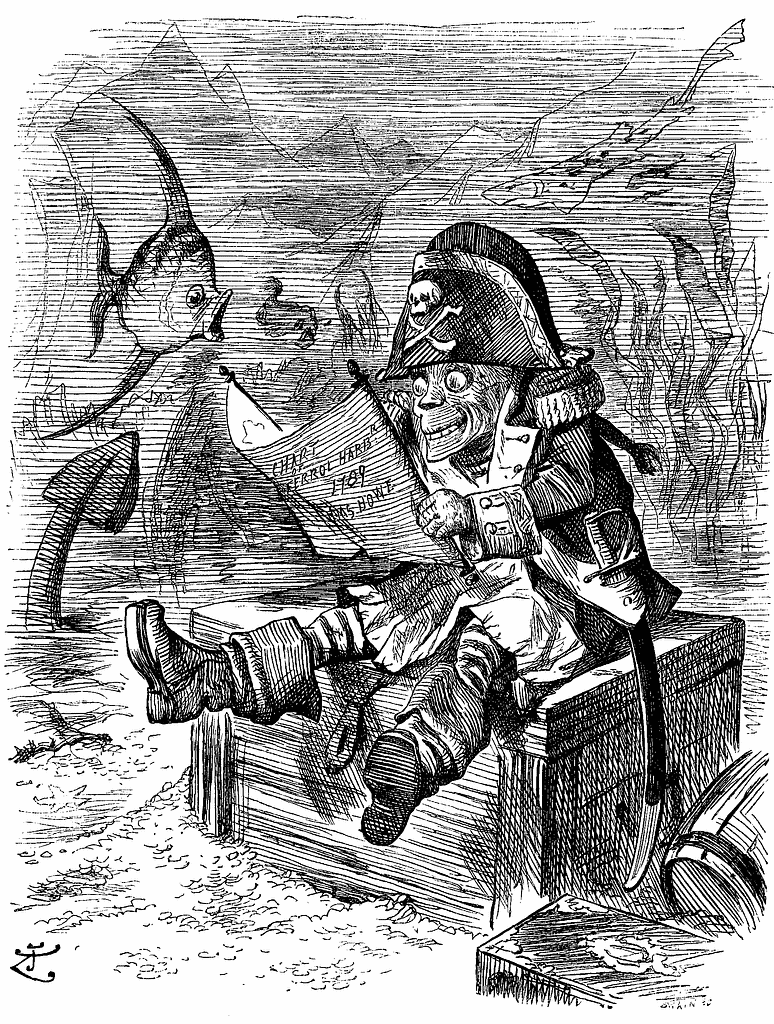
Davy Jones’ Locker is a maritime legend referring to the ocean’s depths as the final resting place of drowned sailors. The tale speaks of Davy Jones, a mythical figure who presides over this underwater graveyard, capturing the souls of those lost at sea. Sailors feared invoking his name, believing it could bring bad luck or even death. The legend of Davy Jones’ Locker embodies the perils of the sea, serving as a reminder of the ocean’s unforgiving nature. Though the story is famous among sailors, it is a lesser-known legend in other circles.
The Story of the Caladrius (Medieval Europe)
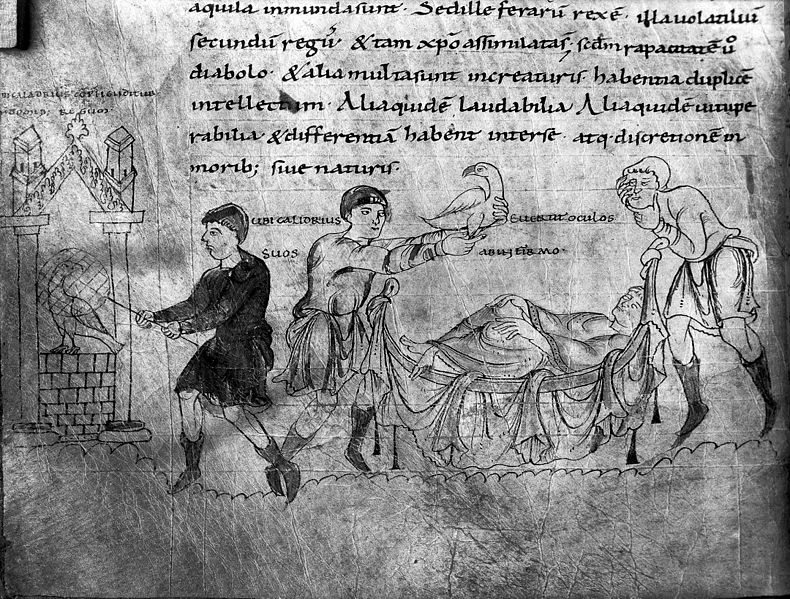
The Caladrius is a mythical bird found in medieval European folklore, believed to have the power to absorb illness. According to legend, the Caladrius would visit the bedside of a sick person and take on their illness. If the bird looked into the person’s eyes, it meant the illness would be cured; if it looked away, the person was doomed to die. The Caladrius was often depicted as pure white, symbolizing its association with purity and healing. Though once a common part of medieval lore, the story of the Caladrius has largely faded into obscurity, making it a rare gem among European myths.
The Tale of The Tarasque (France)
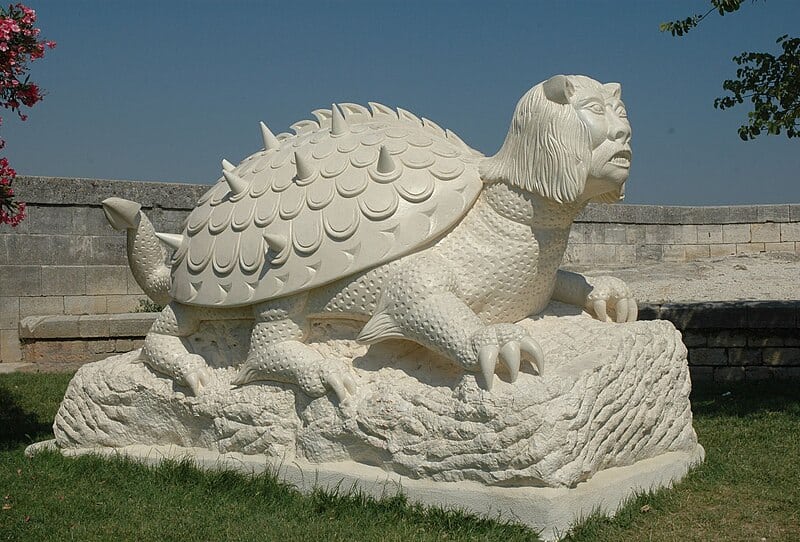
The Tarasque is a fearsome creature from French folklore, said to have terrorized the region of Provence. Described as a dragon-like beast with a lion’s head, six short legs, and a turtle’s shell, the Tarasque caused destruction wherever it went. According to the legend, Saint Martha tamed the beast by singing to it, allowing the villagers to capture and kill it. The tale of the Tarasque symbolizes the triumph of faith and compassion over brute strength. While the story is well-known in Provence, it remains a lesser-known legend outside of France.
The Legend of the Tikbalang (Philippines)

In Filipino folklore, the Tikbalang is a half-man, half-horse creature that roams the mountains and forests. Known for playing tricks on travelers, the Tikbalang can make people lose their way, leading them in circles until they are hopelessly lost. Despite its mischievous nature, the Tikbalang can be appeased by showing respect, such as asking permission before entering its territory. The legend serves as a reminder to respect nature and the unseen forces that dwell within it. Though it is a common tale in the Philippines, the story of the Tikbalang is not widely known elsewhere.
The Tale of Baba Yaga (Russia)
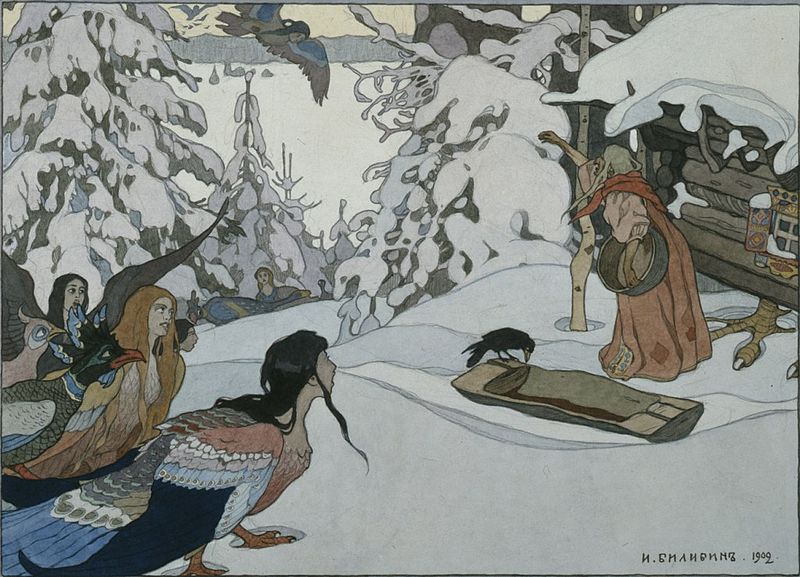
Baba Yaga is a fearsome witch from Slavic folklore, known for her magical powers and unpredictable nature. She lives in a hut that stands on chicken legs, deep within the forest, and flies around in a mortar, wielding a pestle. Baba Yaga is both a villain and a helper, depending on her mood and the actions of those who seek her out. Her tales often involve challenging quests, where the hero must outwit the witch to succeed. While Baba Yaga is a prominent figure in Russian folklore, her stories are rarely heard outside Eastern Europe, adding to her enigmatic aura.
The Story of the Tiyanak (Philippines)
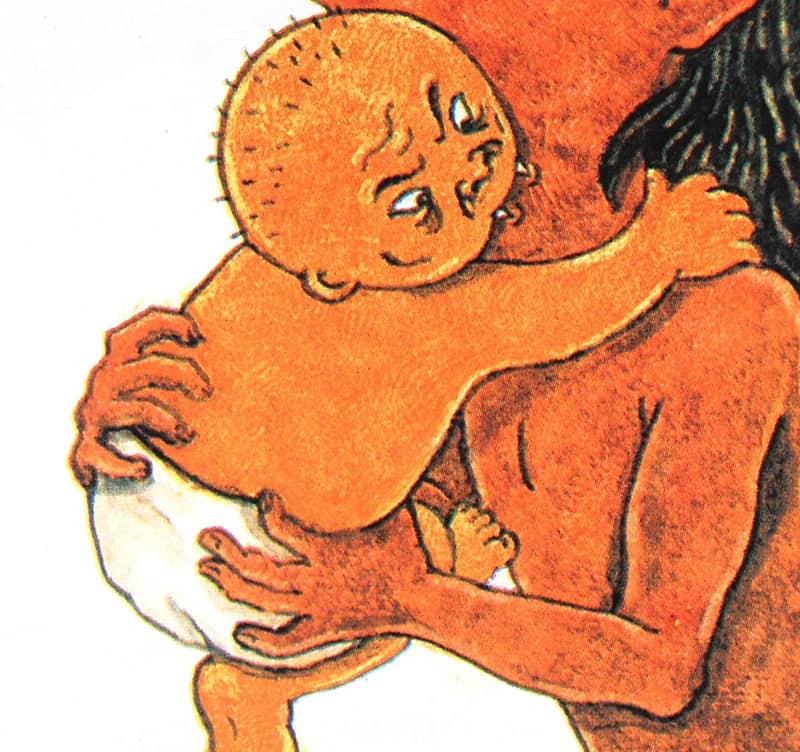
The Tiyanak is a malevolent creature from Filipino folklore, known for its ability to mimic the cry of an infant. It lures unsuspecting victims, often travelers, into the forest by imitating a baby’s cry. When someone comes to rescue the “baby,” the Tiyanak reveals its true form and attacks. The Tiyanak is said to be the spirit of a child who died before being baptized, now seeking revenge on the living. This haunting tale serves as a reminder of the dangers that lurk in the dark and the consequences of unfinished business. Although well-known in the Philippines, the legend of the Tiyanak remains obscure in other parts of the world.
The Legend of the Chaneques (Mexico)
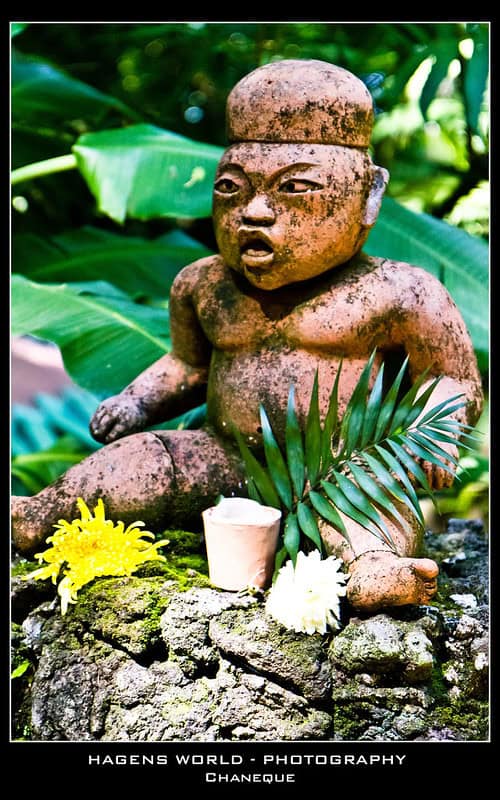
In Mexican folklore, the Chaneques are small, mischievous spirits that inhabit forests and mountains. These creatures are known for playing pranks on humans, such as leading them astray or causing them to lose their belongings. The Chaneques are also believed to guard the natural world, punishing those who disrespect the environment. To avoid their tricks, people would offer food or other gifts to appease them. Though popular in certain regions of Mexico, the legend of the Chaneques is not widely known outside these areas, making it a rare and intriguing tale.
The Tale of the Kumiho (Korea)
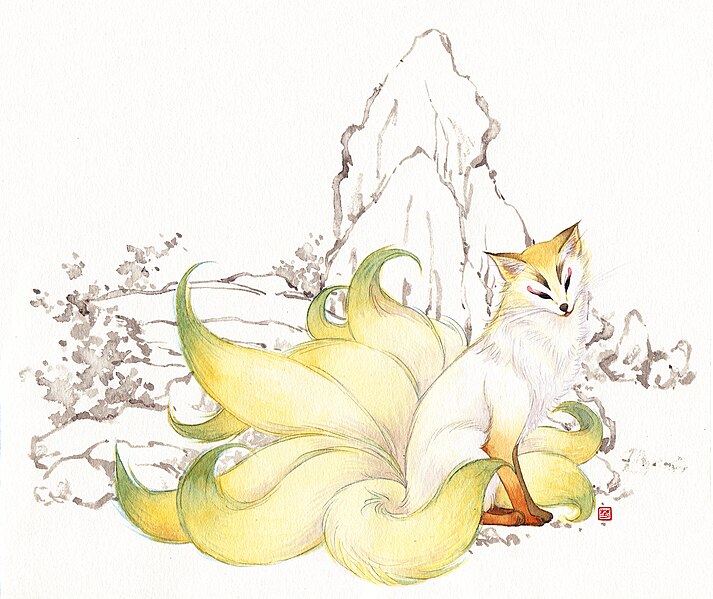
The Kumiho is a nine-tailed fox from Korean folklore, capable of transforming into a beautiful woman. According to the legend, the Kumiho uses its charm to seduce and devour the hearts of men to survive. Despite its malevolent nature, some versions of the tale suggest that the Kumiho can become human if it refrains from killing for a thousand days. The Kumiho symbolizes both the danger of temptation and the possibility of redemption. Although it is a well-known figure in Korea, the story of the Kumiho remains a lesser-heard legend in other cultures.
The Legend of the Dullahan (Ireland)
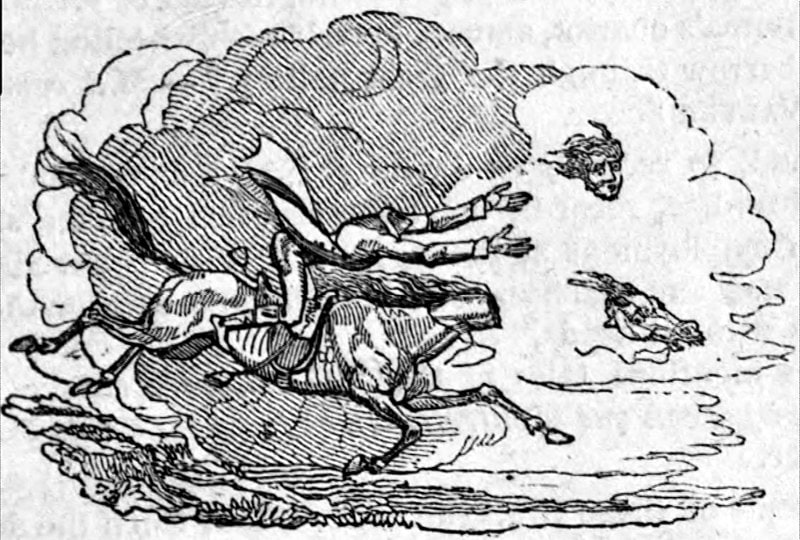
The Dullahan is a headless rider from Irish folklore, often seen riding a black horse and carrying his own head under his arm. The Dullahan is a harbinger of death, and wherever he stops, someone is fated to die. He is said to have a whip made from a human spine, which he uses to lash out at anyone who dares to watch him pass by. The Dullahan’s head is believed to have the power to open all gates and doors, no matter how securely they are locked. This chilling tale, though well-known in Ireland, is rarely heard beyond its borders.
This article originally appeared on Rarest.org.
More From Rarest.Org
Shipwrecks are time capsules, preserving remnants of ancient civilizations beneath the waves. These underwater discoveries offer a unique glimpse into the past, revealing artifacts that tell stories of trade, artistry, and daily life. Read more.
Exotic birds captivate with their vivid colors and unique features. They are often prized for their rarity and beauty. In this article, we will explore some of the most coveted exotic bird species. Each bird has its own distinctive charm and appeal. Read more.
Modern coins can often hold surprising value, making them hidden treasures in the world of numismatics. While some are sought after due to their limited mintage, others gain value from unique design features or minting errors. Read more.

